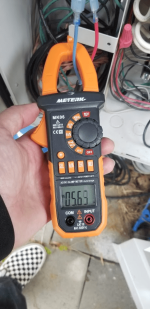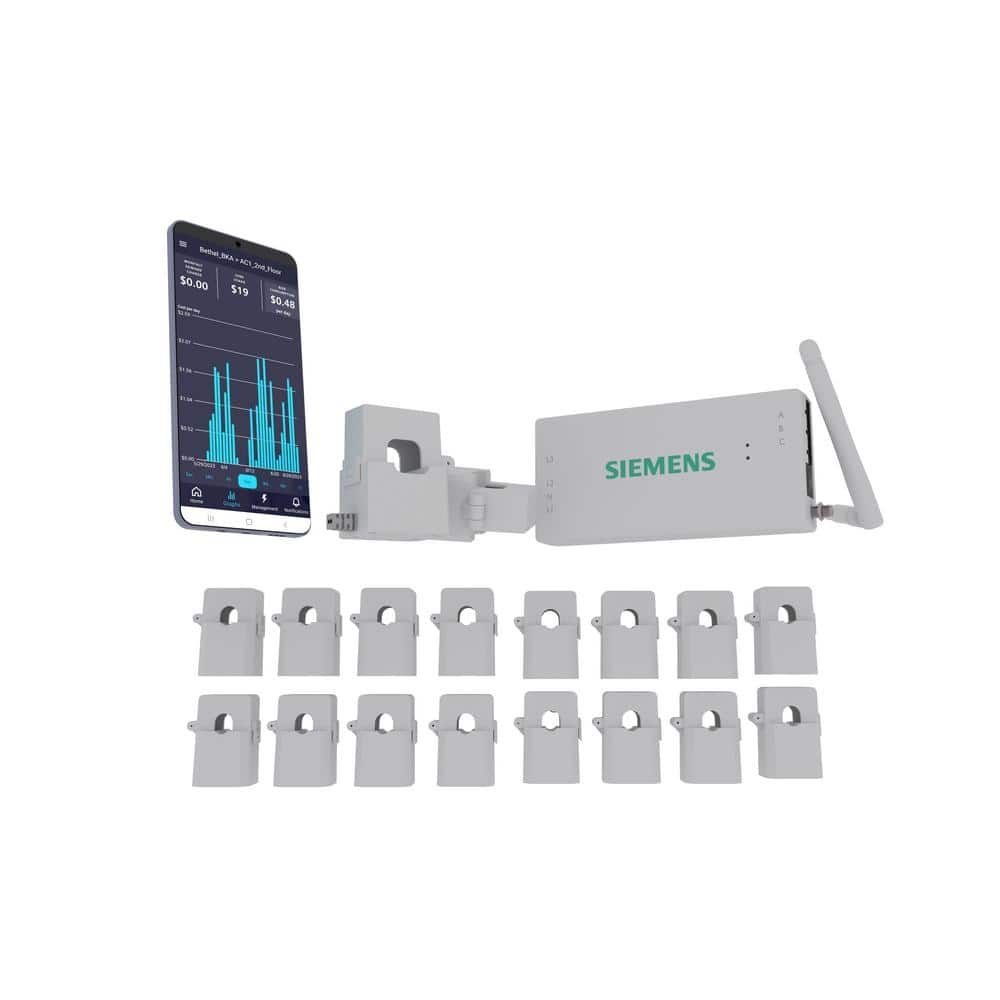Hello everyone, I'm new a complete novice when it comes to pool maintenance. I've recently moved into a house with a 10,000-gallon pool and spent the last month or so learning as much as I can to make sure this thing doesn't blow up. My current setup includes a Hayward DE filter, a Centurion B130 pump, and a Polaris 280 Vacuum with a PB4-60 pump.
About a week ago, I received a very high electric bill and while investigating the cause, I noticed that my Polaris pump’s energy usage has jumped from roughly 1.32 kWh to around 5.92 kWh. Although the vacuum still picks up leaves fine, it now uses nearly five times as much power to do so. I don't hear it running any louder than before, but again I just moved here, so it's possible I wouldn't notice the difference just yet.
I suspect this issue might be related to the freezing temperatures we experienced in Texas last month. My system appears to have low-temperature protection that activates the pump when it gets too cold, but I'm not sure if this applies to both pumps or just the main pump. That morning, I noticed ice under the filter valve and the inline chlorinator. After closing and opening the return pipe valve a few times (the leftmost one with no handle on it), I heard a rattling noise inside the pipes - almost like rocks or ice - and the system started pushing water again. This is just my theory, though. Additionally, my Hayward DE filter has been holding at 32 PSI despite removing the grid and thoroughly hosing it off (I’ll cover that in a separate post).
For now, I've turned off the Polaris pump and would appreciate any advice on how to troubleshoot this issue. As a novice eager to get hands-on, my best guess is that an obstruction in the suction or return pipe is forcing the motor to work harder and draw more power. I checked the small filter on the exposed hose in the pool, and it’s completely clear. I even picked up a waterproof sewer camera to inspect the pipes if needed, but I'm hoping there might be a simpler solution. Any tips or suggestions would be greatly appreciated. Thanks in advance!








About a week ago, I received a very high electric bill and while investigating the cause, I noticed that my Polaris pump’s energy usage has jumped from roughly 1.32 kWh to around 5.92 kWh. Although the vacuum still picks up leaves fine, it now uses nearly five times as much power to do so. I don't hear it running any louder than before, but again I just moved here, so it's possible I wouldn't notice the difference just yet.
I suspect this issue might be related to the freezing temperatures we experienced in Texas last month. My system appears to have low-temperature protection that activates the pump when it gets too cold, but I'm not sure if this applies to both pumps or just the main pump. That morning, I noticed ice under the filter valve and the inline chlorinator. After closing and opening the return pipe valve a few times (the leftmost one with no handle on it), I heard a rattling noise inside the pipes - almost like rocks or ice - and the system started pushing water again. This is just my theory, though. Additionally, my Hayward DE filter has been holding at 32 PSI despite removing the grid and thoroughly hosing it off (I’ll cover that in a separate post).
For now, I've turned off the Polaris pump and would appreciate any advice on how to troubleshoot this issue. As a novice eager to get hands-on, my best guess is that an obstruction in the suction or return pipe is forcing the motor to work harder and draw more power. I checked the small filter on the exposed hose in the pool, and it’s completely clear. I even picked up a waterproof sewer camera to inspect the pipes if needed, but I'm hoping there might be a simpler solution. Any tips or suggestions would be greatly appreciated. Thanks in advance!








Last edited:














